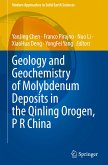The Qinling Orogenic Belt is located in the central of China and distributes in east-west direction, there are large-scale igneous rocks within this belt, and they are very important record for orogenesis. The investigation on the feature of the source and origin is critical for understanding the composition of lower crust in orogenic belt, dynamic process in depth of orogenesis, and crust-mantle interaction during orogenic process. Nonetheless, the studies of the igneous rocks are mainly focused on the intermediate and acid intrusions, minor investigation on the mafic dykes though they can provide useful information on the geodynamic evolution of an area. This study using geochronological, geochemical, and Sr-Nd-Hf isotopic data of the mafic dykes from Gansu and Shaanxi provinces. Based on the systematic study, the main results are as follows: the mafic dykes were derived from the partial melting of an enriched mantle source due to the collision between the North China Craton and southern Qinling block during 446-450 Ma. In addition, the parental magmas of these dykes then fractionated clinopyroxene, Fe-Ti-bearing phases, biotite, and plagioclase, along with crustal contamination.
Bitte wählen Sie Ihr Anliegen aus.
Rechnungen
Retourenschein anfordern
Bestellstatus
Storno


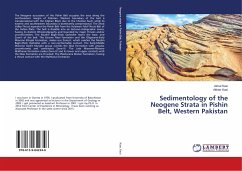
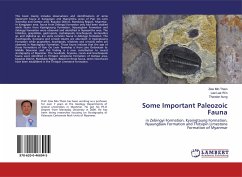
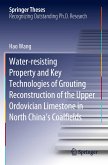
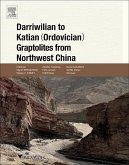
![Upper Ordovician Formations in Ontario and Quebec [microform] Upper Ordovician Formations in Ontario and Quebec [microform]](https://bilder.buecher.de/produkte/68/68637/68637527m.jpg)
